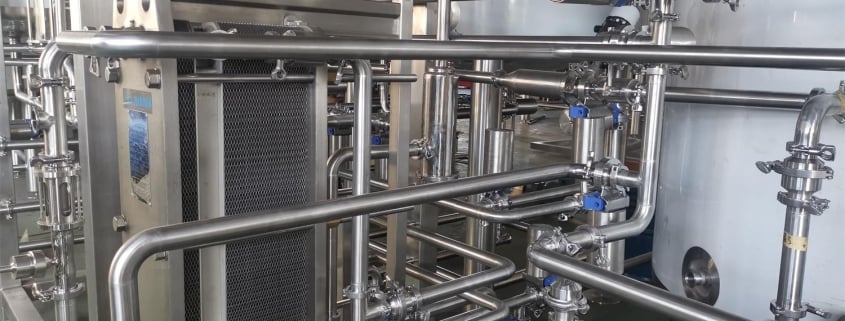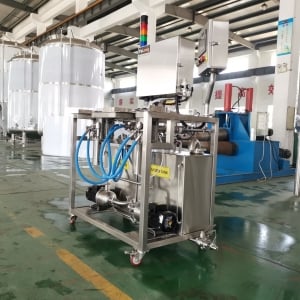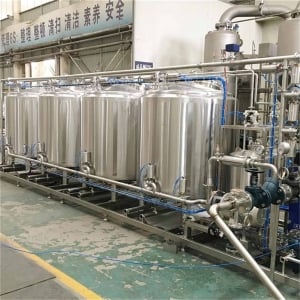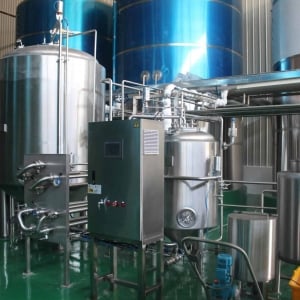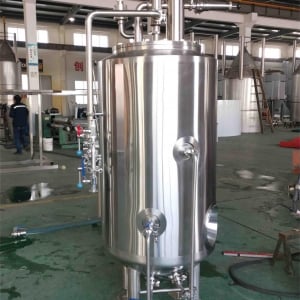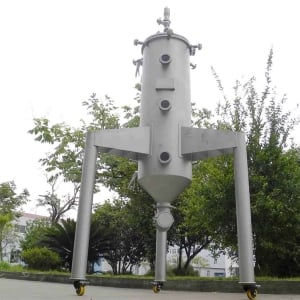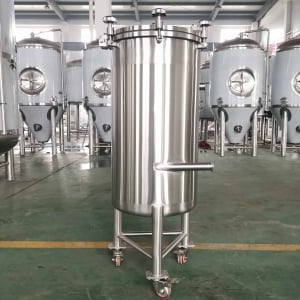Nano Brewing System – Everything You Need to Know
Are you an aspiring brewer looking to take your homebrewing hobby to the next level, or perhaps considering starting your own small-scale commercial brewery? You’ve probably heard about nano brewing systems, but what are they, and why have they gained so much popularity in recent years? In this comprehensive guide, we’ll delve into the world of nano brewing, exploring its definition, the advantages and disadvantages, the brewing process, choosing the right system, and troubleshooting tips for common issues.
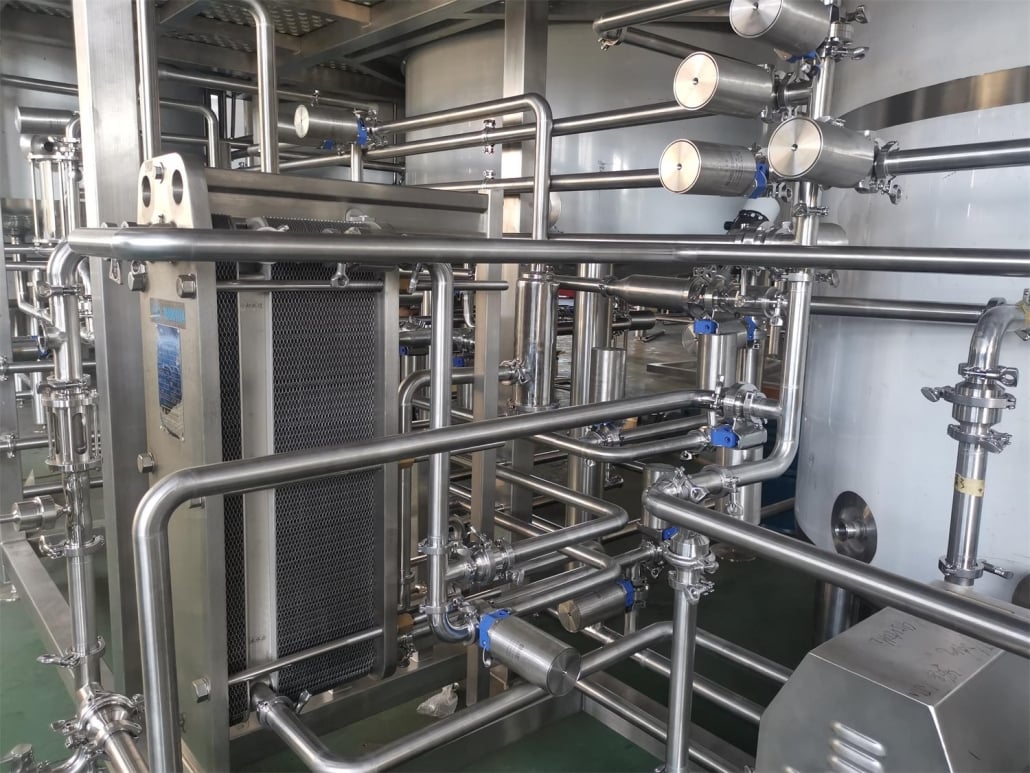
Definition
A nano brewing system is a small-scale brewing setup that produces beer in batches typically between 1 to 3 barrels (31 to 93 gallons) at a time. It is a step up from home brewing and a step down from microbreweries, which usually produce beer in larger volumes. Nano brewing systems are popular among amateur brewers who want to take their brewing to the next level or start a small commercial brewing operation.
The Advantages and Disadvantages of Using a Nano Brewing System
A nano brewing system can be an attractive option for those looking to enter the world of small-scale commercial brewing or simply enhance their homebrewing experience. However, it’s important to weigh the advantages and disadvantages before deciding if a nano brewing system is the right fit for you.
Advantages
- Lower initial investment: Nano brewing systems are more affordable than larger commercial brewing systems, making it easier for brewers to enter the market without a significant financial burden.
- Flexibility: The smaller scale of nano brewing allows for more experimentation and innovation, as brewers can easily change recipes and try out new ideas without committing to a large production run.
- Reduced space requirements: A nano brewery takes up less space than a larger commercial brewery, making it suitable for smaller locations and easier to set up.
- Less regulatory hurdles: Depending on the region, nano breweries may face fewer regulations and licensing requirements compared to larger breweries, simplifying the process of starting a brewing business.
Disadvantages
- Limited production: With smaller brewing capacities, nano breweries may struggle to meet demand if their beers become popular. This may limit potential revenue and growth opportunities.
- Less economies of scale: Nano breweries may face higher costs per unit of beer produced compared to larger breweries, which can benefit from economies of scale in purchasing raw materials, equipment, and other resources.
- Increased labor intensity: Nano brewing systems may be more labor-intensive compared to larger, automated systems, which could result in higher labor costs.
When considering a nano brewing system, it’s essential to evaluate these advantages and disadvantages in the context of your brewing goals, budget, and available resources. By taking these factors into account, you can make an informed decision about whether a nano brewing system is the right choice for your brewing journey.
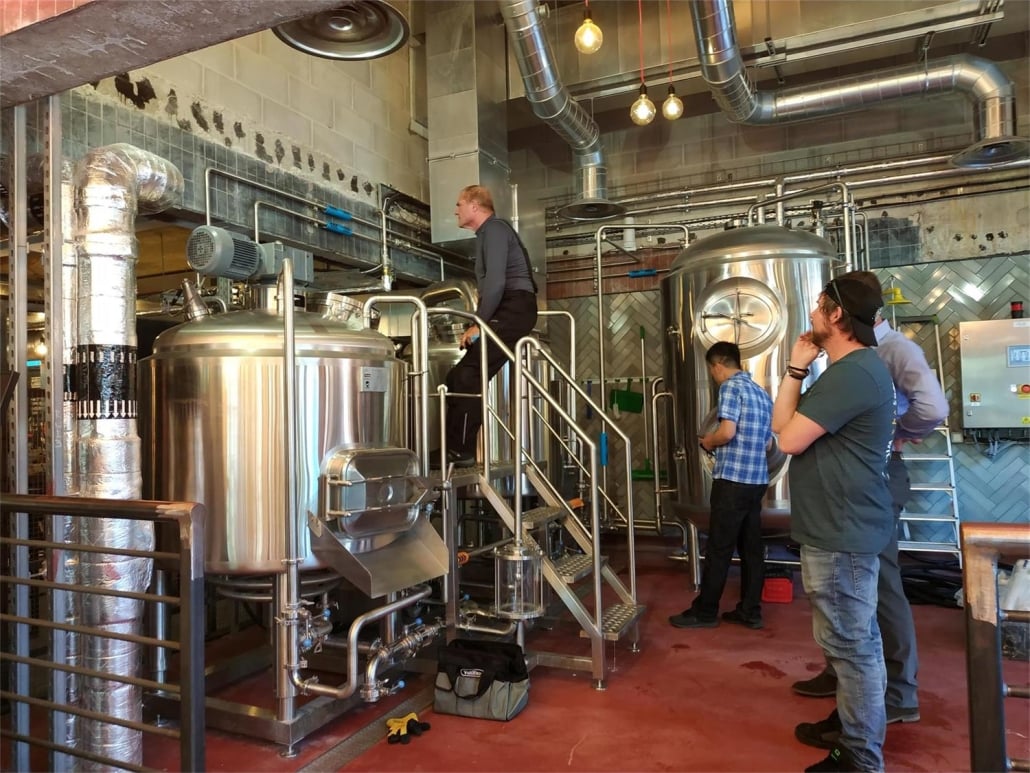
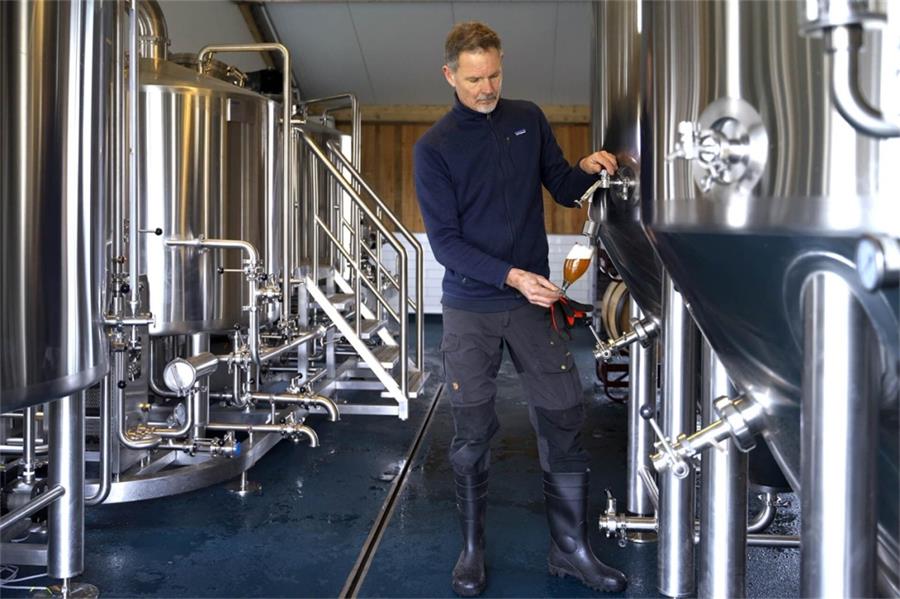
The Brewing Process
Brewing great beer with a nano brewing system can be a challenging but rewarding experience. With a smaller system, you have greater control over your ingredients and process. Here are some tips to help you brew great beer with your nano brewing system.
Firstly, ensure that your equipment is clean and sanitized. Any leftover residue or bacteria can affect the quality of your beer. Secondly, choose high-quality ingredients. Use fresh grains, hops, and yeast that are appropriate for the beer style you are brewing. Also, make sure you have enough of each ingredient to achieve the desired flavor and aroma.
Next, pay close attention to your mash and boil. Control your mash temperature to ensure optimal enzyme activity and sugar extraction. During the boil, add hops at the appropriate times to achieve the desired bitterness and aroma. Consider using a hop spider or hop bag to avoid clogging your system with hop debris.
Fermentation is critical to the success of your beer. Control your fermentation temperature to achieve the desired flavor profile and avoid off-flavors. Consider using a temperature-controlled fermentation chamber to achieve precise temperature control.
Once fermentation is complete, it’s time to package your beer. Carbonation levels, serving temperature, and packaging type can all affect the final taste of your beer. Consider using a carbonation chart to determine the appropriate amount of priming sugar to use for the desired carbonation level.
In summary, brewing great beer with a nano brewing system requires attention to detail and a focus on quality ingredients and process. Keep your equipment clean, use high-quality ingredients, control your mash and boil, carefully manage fermentation, and pay attention to packaging and serving. With these tips, you can brew great beer that rivals the quality of larger commercial breweries.
Choosing a Nano Brewing System
If you’re interested in starting a nano brewery, choosing the right brewing system is crucial. With so many options available, it can be challenging to know where to begin. In this guide, we’ll walk you through the key factors to consider when selecting a nano brewing system.
Size and Capacity
One of the first things to consider when choosing a nano brewing system is size and capacity. Nano breweries typically produce small batches, but the exact size can vary. Some nano systems can produce as little as two or three gallons, while others can produce up to ten barrels. Consider your production goals and available space when determining the appropriate size for your brewery.
Brewing Method
There are various brewing methods available for nano breweries, including all-grain, extract, and combination systems. Each method has its pros and cons, and the method you choose will depend on factors like your experience level and brewing goals. Consider the advantages and disadvantages of each method before making a decision.
Material and Build Quality
The material and build quality of your brewing system are critical factors that will affect the longevity and efficiency of your equipment. Look for systems made of high-quality materials like stainless steel, and pay attention to details like the thickness of the metal and the quality of the welds. A well-built system will save you money in the long run by requiring fewer repairs and replacements.
Cost
Cost is, of course, a significant factor when selecting a nano brewing system. Keep in mind that while a cheaper system may be tempting, it may not be as durable or efficient as a more expensive system. Look for systems that provide the best value for your budget, taking into account factors like capacity, material quality, and brewing method.
Choosing the right nano brewing system requires careful consideration of factors like size, brewing method, material quality, and cost. By taking the time to evaluate these factors and researching your options, you can select a system that meets your needs and helps you achieve your brewing goals.
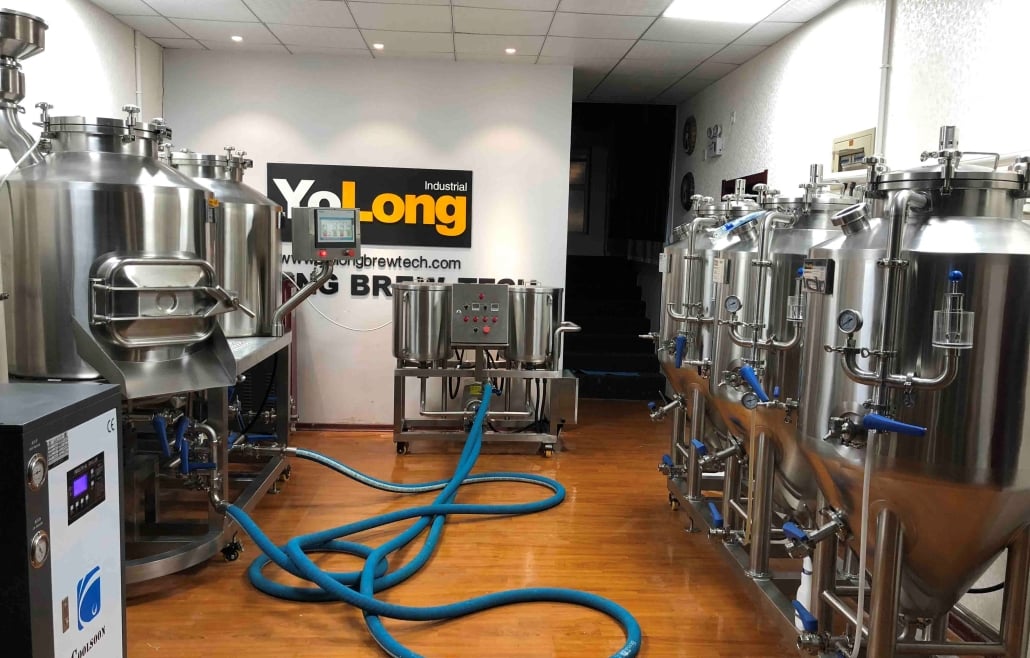
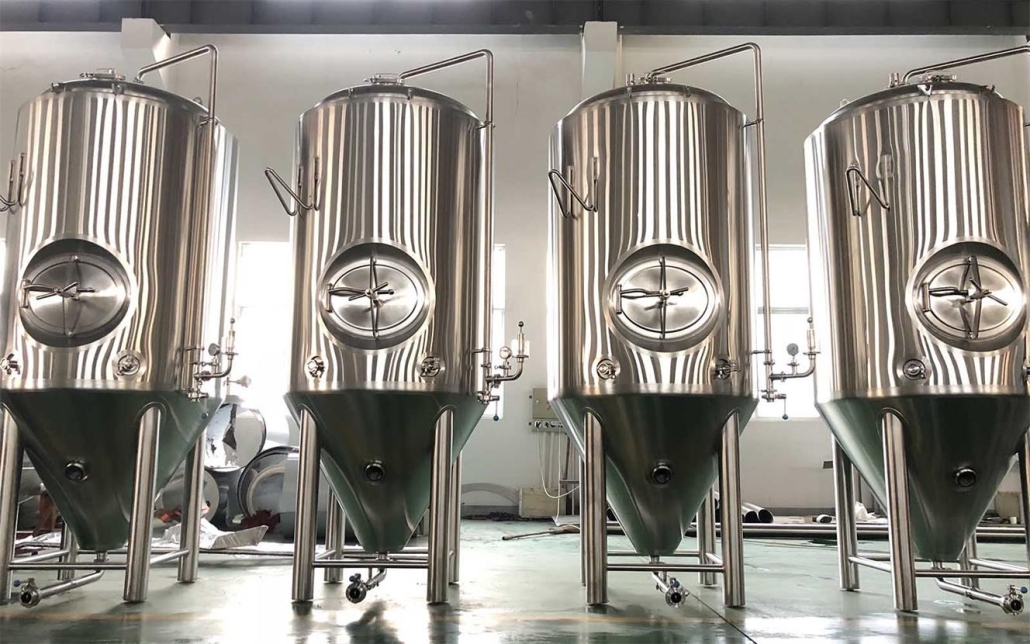
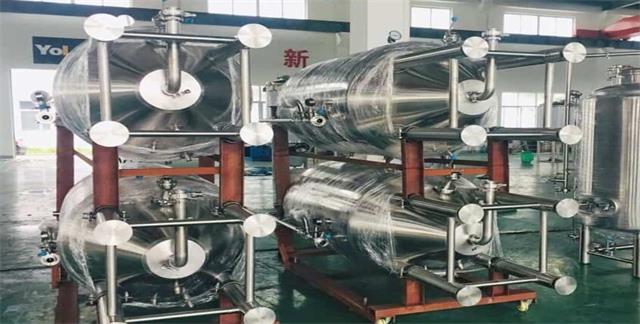
Common Issues and Troubleshooting Tips
- Stuck fermentation: If fermentation doesn’t start or stalls, check the temperature, yeast health, and ensure proper aeration.
- Off-flavors: If your beer has off-flavors, examine your ingredients, sanitation practices, and fermentation temperature control.
- Inconsistent results: To achieve consistent results, take detailed notes during each brewing session, maintain proper sanitation, and control fermentation temperatures.
- Poor efficiency: If you’re experiencing low extraction efficiency from your grains, consider adjusting your mash temperature, milling your grains more finely, and ensuring proper water chemistry.
- Equipment issues: Regularly inspect, clean, and maintain your brewing equipment to prevent malfunctions and ensure optimal performance. If you encounter equipment issues, consult the manufacturer’s instructions for troubleshooting or seek professional help.
- Scaling up recipes: When transitioning from homebrewing to nano brewing, it’s crucial to account for differences in equipment efficiency and other variables. Test small batches and adjust your recipes accordingly to achieve the desired flavor profile and consistency.
Conclusion
By understanding the advantages and disadvantages of nano brewing systems, learning the brewing process, and considering the factors in choosing a system, you can make an informed decision about whether a nano brewing system is the right fit for you. Armed with this knowledge and some troubleshooting tips, you’ll be well on your way to producing great beer on a small scale.
Thank you for reading this blog about nano brewing system. If you’re looking for a high-quality, durable, and easy-to-use nano brewing system, we recommend the brewing equipment brand Yolong Brewtech. Yolong brewing equipment has a good reputation in the market, and their products’ quality and reliability have stood the test of time. To learn more, visit our product page and browse our brewing system products.

